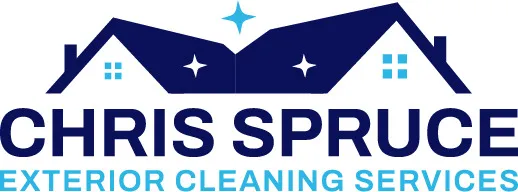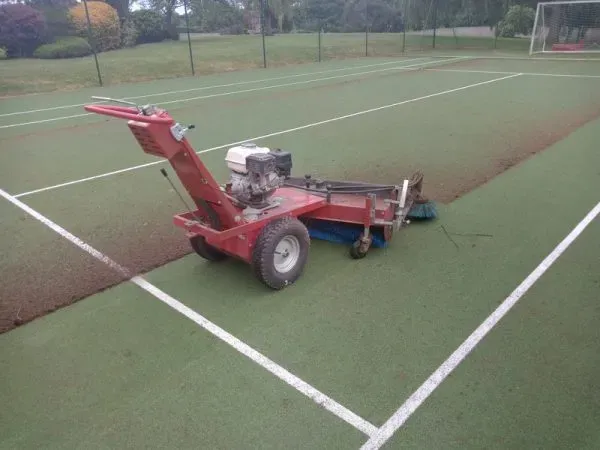Tennis courts are significant investments. A new build can cost anywhere between £20,000 and £60,000, depending on the surface type and specification.
While most clubs and property owners budget for resurfacing every 8–10 years, many overlook one of the most cost-effective ways to extend a court’s life: professional cleaning.
In this post, we’ll explore the real return on investment (ROI) of tennis court cleaning services—what they cost, what they prevent, and how they pay for themselves.
The True Cost of Court Neglect
1. Surface Breakdown
Neglected courts – especially those exposed to moisture and shade – quickly become breeding grounds for moss, algae, lichen, and embedded debris. These don’t just look bad – they degrade the surface, causing:
- Micro-fractures
- Loosened paint layers
- Base material erosion
A £1200-£1500+ annual cleaning service can delay a £10,000-£30,000 resurfacing job by years.
2. Safety Hazards
A slippery court is a liability. Falls, rolled ankles, and inconsistent footing caused by grime or organic growth can lead to injuries and insurance claims – a serious risk for schools, clubs, and leisure centres.
Routine professional cleaning significantly reduces slip risk, especially in damp, shaded, or low-traffic areas of the court.
3. Poor Playing Experience
Grubby courts affect:
- Ball bounce consistency
- Grip and movement
- Coaching and training standards
This can impact how players rate your facility, renew memberships, or recommend your court to others.
Professional Cleaning vs Resurfacing: A Simple Comparison
| Cost Item | Frequency | Approx. Cost |
|---|---|---|
| Pro Court Cleaning | 1-2 times/year | £1200-£1500 per visit |
| Repainting Lines | Every 2-4 years | £1,000-£2000 |
| Full Resurfacing | Every 8-10 years | £10,000-£30,000+ |
| Emergency Repairs (moss, cracks) | Ad hoc | £500-£2,000+ |
Key Insight:
Proactive cleaning can delay expensive resurfacing and reduce repair frequency, saving thousands over the life of the court.
Why DIY Isn’t Enough
Power washing a tennis court isn’t the same as cleaning a driveway. Here’s why DIY often falls short (and can even cause damage):
- Overpressure damages porous surfaces like acrylic or tarmac
- Incorrect chemicals can stain or burn surfaces
- Lack of neutralisation after biocide treatments can leave residue
- No insurance cover for accidental surface or drainage damage
Professional cleaners use:
- Low-pressure rotary systems
- ph-balanced and court-safe biocides
- Trained professionals familiar with court surfacing tolerances
Long-Term Financial Impact
Imagine this scenario:
- You own or manage 3 tennis courts
- Annual cleaning cost: £3600
- Resurfacing deferred by 4 years, saving £60,000+
ROI Breakdown:
In these 4 years, you’ve spent £18,000 on cleaning to protect £60,000+ of surface value. That’s more than 200% ROI, not including the added value from safer play, better aesthetics, and improved bookings.
Summary: Clean Courts Pay for Themselves
- Delays resurfacing and repainting
- Reduces emergency repair costs
- Improves safety, play quality, and public image
- Helps meet insurance and duty-of-care requirements
Tennis court cleaning isn’t a cosmetic luxury – it’s smart preventative maintenance. With minimal annual investment, you extend the court’s usable life, enhance player safety and experience, and protect your long-term budget.
If you want to preserve your court investment and get the most from your surface, annual professional cleaning is not a cost – it’s a financial strategy.
Ready to Protect Your Investment?
Let us provide a no-obligation, site-specific quote for your tennis court. Whether you’re managing a club, a school, or a private estate, we offer science-based, surface-safe cleaning with outstanding results. Get Your Free Site Assessment Now.




